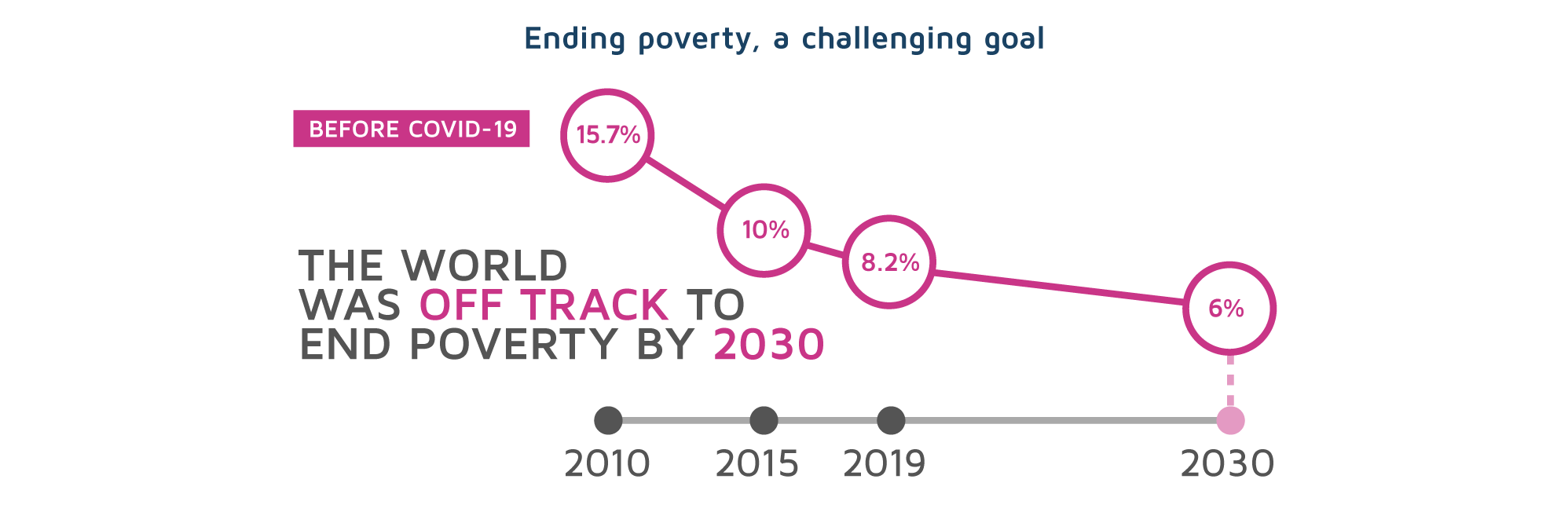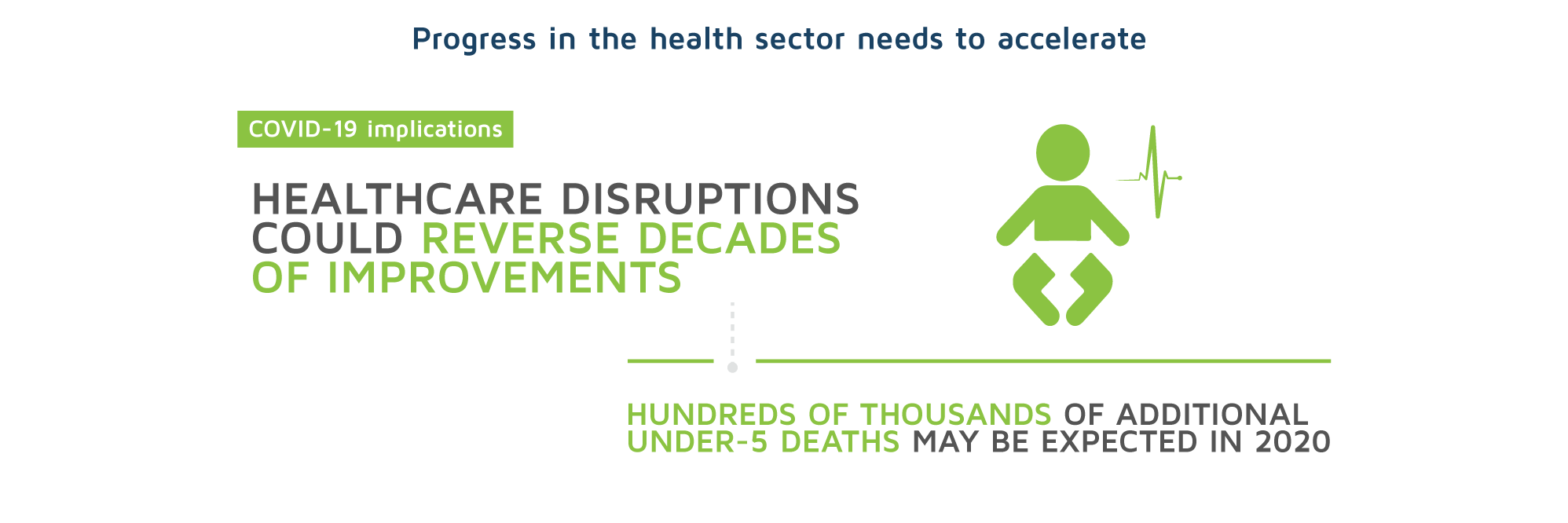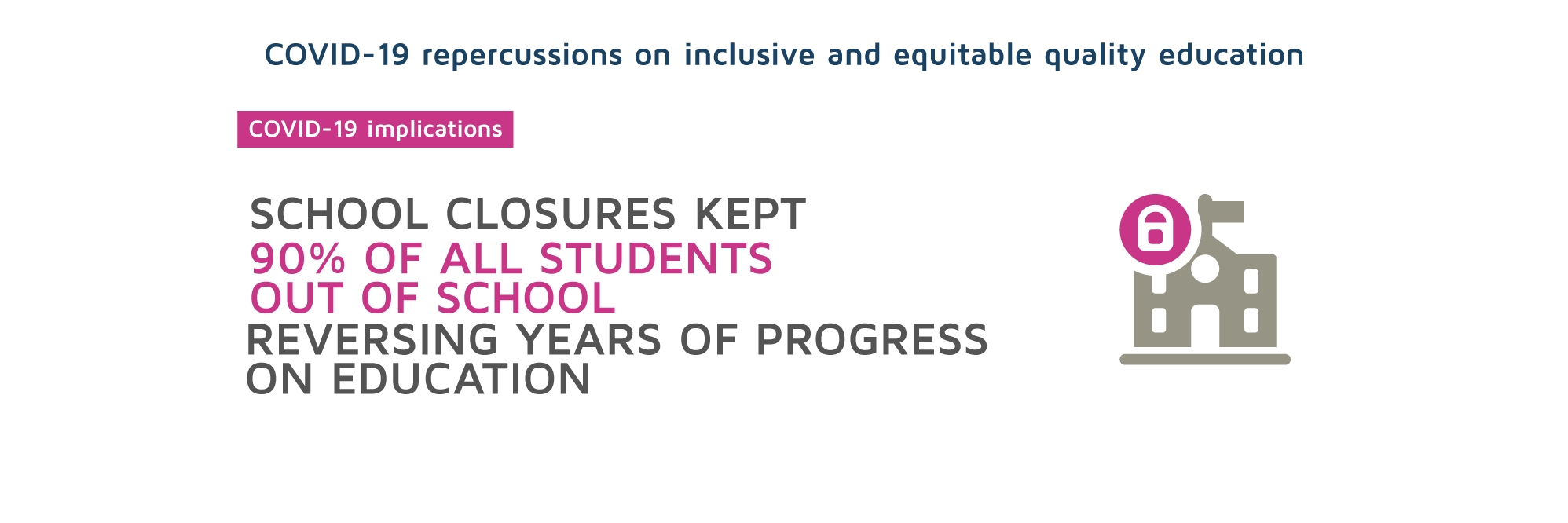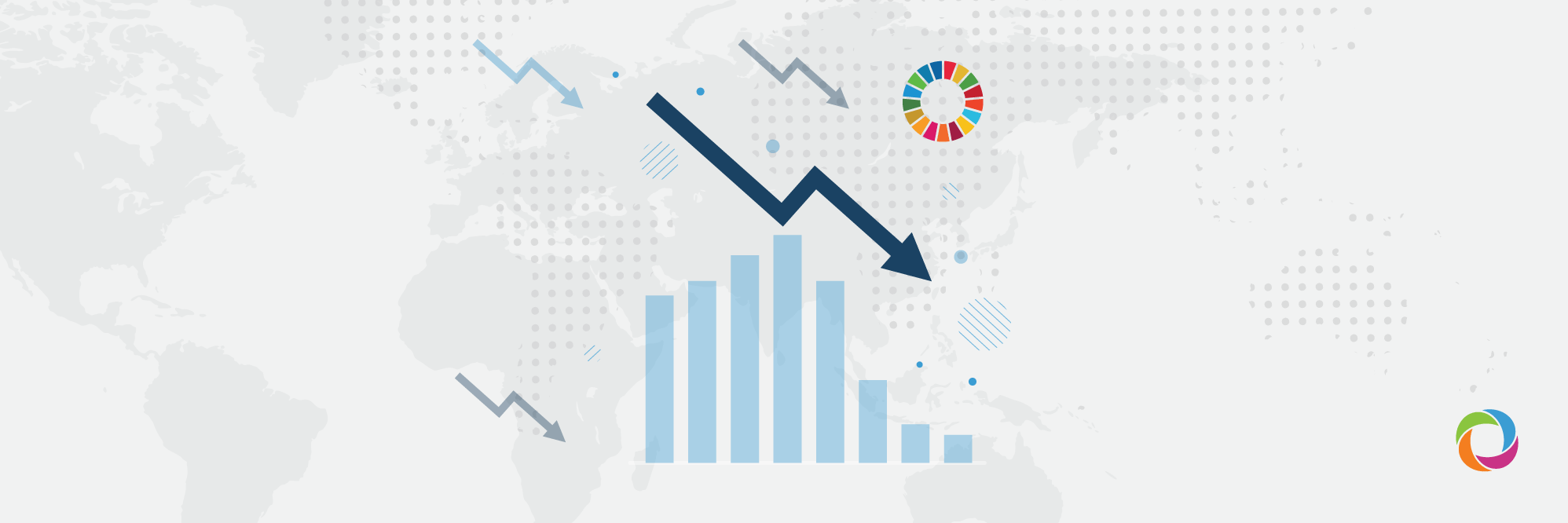As the world is faced with unprecedented pandemic-triggered challenges, progress in meeting the sustainable development goals (SDG) has been hugely derailed with some experts speaking of decades of progress having been erased in just a few months. Against this background, increasing financial resources are of utmost importance for developing countries to boost their economic recovery and to meet the sustainable development goals. Nevertheless, the prospects of securing more financial aid looks rather gloomy. This article looks at the impact of the pandemic on SDGs and the solution required.
Even before the pandemic hit, SDGs were far from being on track with the level of inequality, climate change and food insecurity being on the rise in many countries. Nevertheless, developing countries did manage to record some progress, albeit not at the same pace, in terms of reducing the incidence of communicable diseases, ensuring access to safe drinking water and sanitation and stimulating women’s representation in leadership roles.
Now that the crisis has reached unprecedented levels, meeting the sustainable development goals is even more challenging than ever. Although official data regarding the progress made towards achieving the SDGs is scarce, influential international organizations and experts note that there is an obvious trend of backsliding and the impact of COVID-19 on specific goals and targets is devastating with huge numbers of people suffering from food insecurity, fragile health and social infrastructures and dramatic increases in the levels of inequality and injustice.

Below the poverty line
The poverty rate, the first of the SDGs, which has been gradually declining over the past 25 years, is about to increase for the first time in a quarter century as a result of the pandemic impact. According to the World Bank, the global extreme poverty rate fell to 9.2% in 2017 from 10.1% in 2015 meaning that 689 million people lived on less than $1.90 a day, 24% of the world’s population – 1.9 billion people – lived on less than $3.20 a day and 44% – 3.4 billion people – on less than $5.50 a day in 2017.
Preliminary data shows a 1% decrease in the poverty rate in 2019 – 8.2%. Estimates now point to a further disturbing increase in the rate to 8.8% by late 2020. This means that an additional 71 million people will be pushed into extreme poverty by the end of the year due to worsening realities according the UN’s 2020 report on the sustainable development goals. Even those who had were previously been secure in terms of incomes and social protection could now be exposed to poverty and hunger. As a result of the high poverty rates children are at much greater risk of forced labor, early marriage and trafficking. Moreover, for the first time in 20 years the achievements made in reducing child labor are about to be completely eradicated.

Health, coronavirus and the immunization
Health – SDG 3, which aims to ensure healthy lives and wellbeing for all, is also under threat of having future progress being derailed. Despite some pre-pandemic improvements in terms of child health, maternal health, TB, immunizations etc, less than half of the population was covered by essential healthcare services in 2017 with experts pointing out the need for acceleration in order to meet the target set for 2030.
The widespread transmission of COVID-19 has overwhelmed fragile healthcare infrastructures. Childhood immunization programs have been disrupted in around 70 countries. Given the limited access to healthcare facilities and the constraints in accessing food, the tremendous progress in reducing child mortality could be annihilated. The death rate of children under 5 years old is expected to spike as is the rate of illness and death from communicable diseases.

Education cannot wait
The steps taken to promote inclusive and quality education for all will be insufficient to secure the fulfilment of SDG4 by 2030. The pre-pandemic forecast was that over 200 million children would be out of school in 2030. As schools closed down in an attempt to prevent the spread of COVID-19, nearly 1.6 billion children have been kept out of school. Distance learning, although a welcome alternative, is not available to at least 500 million children worldwide, particularly those in less well-off communities. This will obviously have a downward impact on the retention of students and graduation rates. In addition, 370 million children have missed the school meals that they depend on. There is no doubt that the lockdowns have altered the lives of children and women exposing them to abuse and violence.
Steps to be taken
The pandemic has reversed decades of progress in sustainable development sectors. Renewed commitments to effective development cooperation are the impetus that countries need to tackle global inequalities and meet the sustainable development goals. The 2030 Agenda demands strong global partnerships, effective interventions and continuous financial flows yet external private finance is projected to decrease by US$ 700 billion in 2020, remittances by 20% and Foreign Direct Investment by 30 – 40%.
Maintaining and improving access to Official Development Assistance (ODA) and other financial resources could deliver the relief many countries need but, in the absence of an effective development cooperation these efforts and financial resources will not bring about the anticipated outcomes. Countries should combine their efforts, strategies and resources while development partners must engage in designing a long-term vision for the transformation of society. Given the role that ODA plays in addressing inequalities and vulnerabilities, increasing its budget represents a necessity that cannot be delayed. According to preliminary data, total ODA in 2019 stood at US$ 169.2 billion which amounts to the aid that the least developed countries benefited from.
Renewed commitments to effective development cooperation are the impetus that countries need in order to tackle global inequalities and meet the sustainable development goals (SDG). The 2030 Agenda demands strong global partnerships, effective interventions and continuous financial flows. Will the budget designed to fund sustainable development increase? What is the future for global development? How will many governments manage the pandemic crisis and also honor their commitments?
Many countries are facing huge challenges in managing a crisis that could potentially destabilize already impoverished economies in the absence of cooperation from the international community. To stay informed about the latest global development news subscribe to the DevelopmentAid Newsletter and gain access to the latest information. You can also become a DevelopmentAid member and contribute with expertise from your own field.

